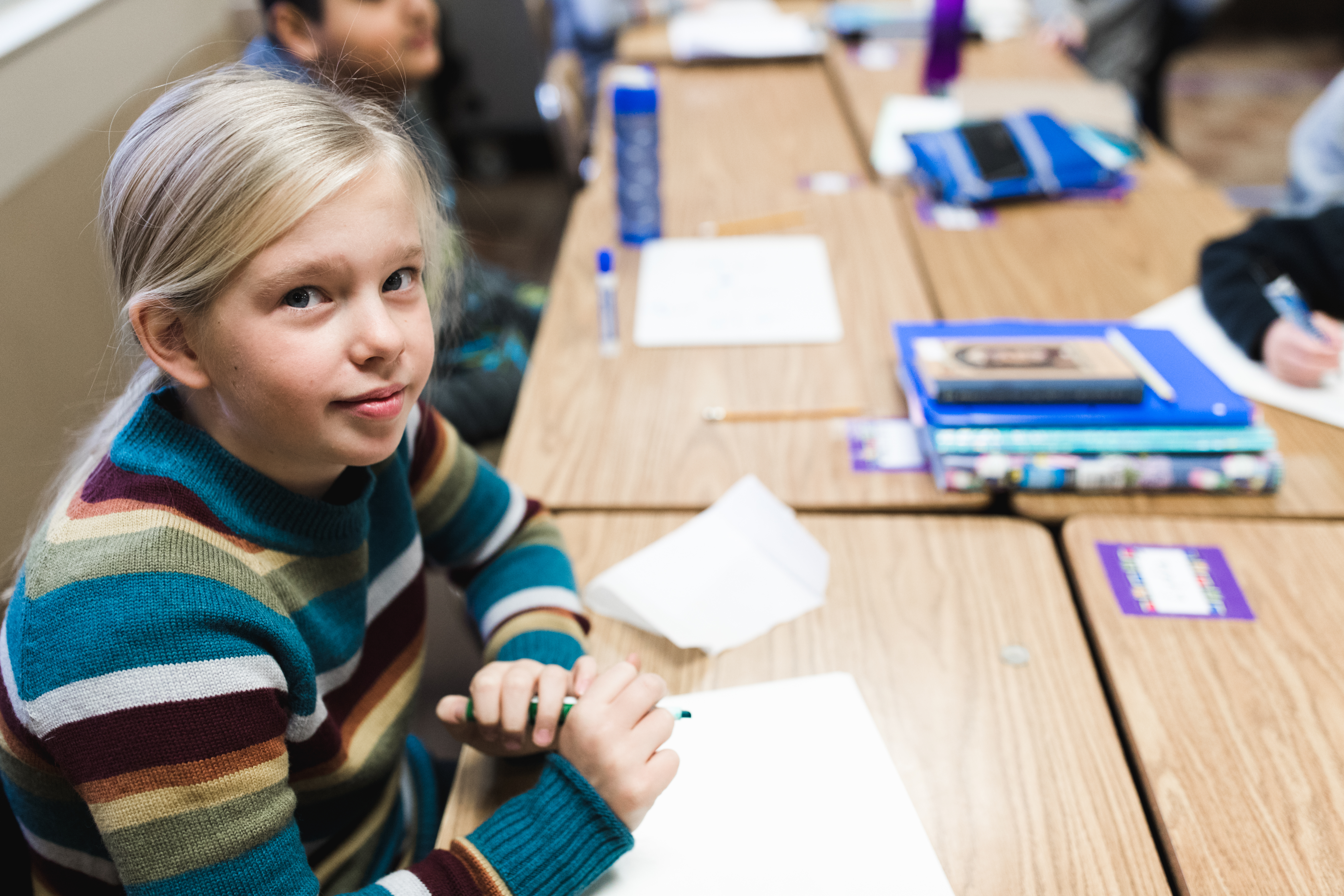The Minnesota Department of Education (MDE) on Thursday released additional guidance on the three scenarios for starting school for K-12 students in the fall based on the uncertainties of the COVID-19 pandemic. This new guidance includes a series of required health practices in addition to recommendations.
MDE has been working in collaboration with the Minnesota Department of Health (MDH) and will announce at the end of July which scenario has been selected to start school at the end of July.
School districts need to be able to shift between these models with short notice depending on COVID metrics. Deputy Commissioner Heather Mueller shared that schools may implement all three models at some time during the year.
“We believe we can take a more scaled approach to monitoring health down to the district or school building or even by region,” she said. “One building may need to go to distance learning while another building may be on in-person learning within the district, or by region of the state. That is different than earlier guidance, because we are seeing differences around the state.”
Scenario 1: In-person learning for all students.
In this planning scenario, schools should create as much space between students and teachers as is feasible during the day, but will not be held strictly to enforcing 6 feet of social distancing during primary instructional time in the classroom.
Scenario 2: Hybrid model with strict social distancing and capacity limits.
In this planning scenario, schools must limit the overall number of people in school facilities and on transportation vehicles to 50% maximum occupancy. Sufficient social distancing with at least 6 feet between people must occur at all times. If distancing cannot be achieved in a space or on a transportation vehicle, the number of occupants must be reduced.
Scenario 3: Distance learning only.
This scenario may be implemented if local, regional, or statewide COVID-19 metrics worsen significantly enough to require the suspension of in-person learning. The requirements in this guidance regarding in-person protections would not apply to the general school community, as students and staff would use distance learning and would not gather in groups on school grounds. However, schools may be open to provide emergency child care or other functions.
Health Practices
School districts and charter schools must adhere to the health requirements and recommendations in MDH Guidance for Schools and should consult MDE Planning Guidance for Minnesota Public Schools for 2020-21 as plans for each scenario are developed.
- Required health practices must be implemented by all Minnesota public schools. These foundational practices aim to minimize the risks of exposure to COVID-19 for students, staff, and families. They are considered the minimum level of implementation, and schools may not be less restrictive.
- Recommended health practices are additional strategies that schools may choose to use to minimize the spread of COVID-19. MDH and MDE recognize there are diverse learning environments that will require teams to use thoughtful strategies when applying guidance to meet the health and safety needs of all students and staff. Not all recommended practices will be possible in all settings, and therefore should be tailored as appropriate.
For both scenarios 1 and 2, schools are required to establish a COVID-19 program coordinator and a point of contact for each school building in collaboration with building or district school nurses. The coordinator will communicate concerns, challenges, and lessons learned related to COVID-19 preventive activities as needed with staff, students and families, school and district leadership, and local health officials.
Learn more at the MDE website for COVID-19.
……………………………………..
Stay Connected
Stay apprised of resources and planning guides for schools at: mreavoice.org/reopeningschools





